Health And Medicine
-
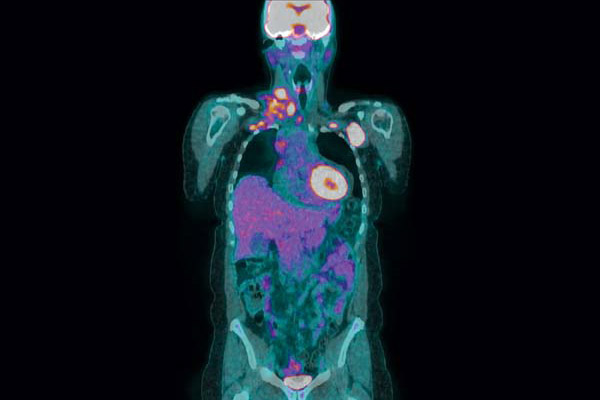
Bringing Cancer to Light: Radiology’s invisible energies play lead role in cancer care
It all started with a faint glow. It was November 1895, and the German physicist Wilhelm Roentgen was experimenting with an early cathode ray tube—a vacuum tube with a contained electric current. During his experiments he noticed an odd fluorescence in crystals on a nearby table. Surprisingly, the glow continued even… Read MoreJul 7, 2014
-

Wall Street Journal: Selling health insurance at Christmas is bad idea
Asking lower-income people to contemplate buying coverage around the holiday season is a bad idea because they are too financially stressed, but a good time is tax refund season, says new research co-authored by John Graves, assistant professor of health policy. Read MoreJun 26, 2014
-

Rousseau appointed to NIH study group
Vanderbilt researcher Bernard Rousseau, Ph.D., is being appointed to the Motor Function, Speech and Rehabilitation Study Section at the Center for Scientific Review, National Institutes of Health, for the term beginning July 1 and ending June 30, 2020. Read MoreJun 26, 2014
-

Aliyu receives alumnus award from UAB
Muktar Aliyu, M.D., MPH, Dr.P.H., associate director for Research at the Vanderbilt Institute for Global Health, is the recipient of the 2014 Alumnus Award for Scientific Excellence from the University of Alabama at Birmingham School of Public Health. Read MoreJun 26, 2014
-
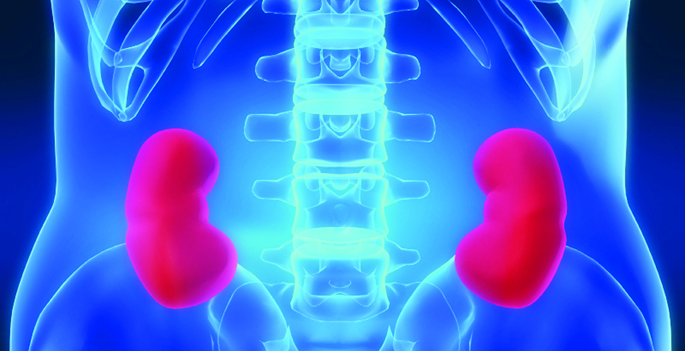
VU study shows common diabetes drug can slow chronic kidney disease progression
Vanderbilt investigators have demonstrated in two studies that metformin-based treatments delay the onset and progression of chronic kidney disease (CKD) compared with other treatments for diabetes. Read MoreJun 26, 2014
-

VUSM team seeks to hone in on health care ‘hot spots’
Vanderbilt University School of Medicine is fielding one of 10 teams of students selected to participate in a project aimed at identifying the most frequent users of health care. Read MoreJun 26, 2014
-

HPV-positive head and neck cancer patients may receive lower radiation dose
A new study suggests that lowering the dose of radiation therapy for some head and neck cancer patients may improve outcomes and cause fewer long-term side effects. Read MoreJun 19, 2014
-

Meharry-Vanderbilt Alliance awards grants to support community engagement in celebration of its 15-year anniversary
The Meharry-Vanderbilt Alliance is awarding grants to support activities that promote ongoing, mutually beneficial, health research partnerships between community organizations and academic researchers. Read MoreJun 19, 2014
-

VICC researchers in spotlight at national cancer conference
New Vanderbilt research suggests patients with advanced melanoma — the most deadly form of skin cancer — could safely benefit from a combination of immunotherapy and targeted therapies aimed at specific gene mutations. Read MoreJun 19, 2014
-

Factor impacts bone toughness
The factor ATF4 has a role in the toughness of bone and its resistance to fracture, suggesting new therapeutic targets. Read MoreJun 16, 2014
-

How ABC transporters move molecules
New views of how transporters move molecules across cell membranes are key to understanding how these proteins impact tumor cell drug resistance and inherited diseases such as cystic fibrosis. Read MoreJun 13, 2014
-

Study tracks insulin’s risks as second-line diabetes medication
In an observational study by researchers at Vanderbilt University Medical Center, adults with type 2 diabetes who take insulin in addition to the recommended first-line drug therapy, metformin, had a 30 percent higher risk of heart attack, stroke or death when compared to similar patients who instead augment their metformin regimen with a sulfonylurea. Read MoreJun 12, 2014
-

Men’s health issues In Tennessee vary widely based on race, ethnicity and geographic region; 2014 Report Card shows progress
White men are more apt to commit suicide or die from a drug overdose or in a car wreck. Black men are more prone to suffer from chronic diseases and HIV. Hispanic men are disproportionately affected by colorectal cancer. Men in rural and urban areas seem to face different health challenges too. Read MoreJun 10, 2014
-
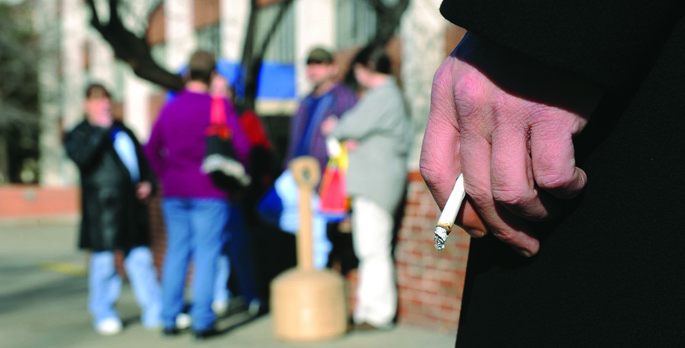
Rising tobacco epidemic in Asia linked to elevated risk of death
A new study estimates that tobacco smoking has been linked to approximately 2 million deaths among adult men and women in Asia in recent years and predicts a rising death toll. Read MoreJun 9, 2014
-
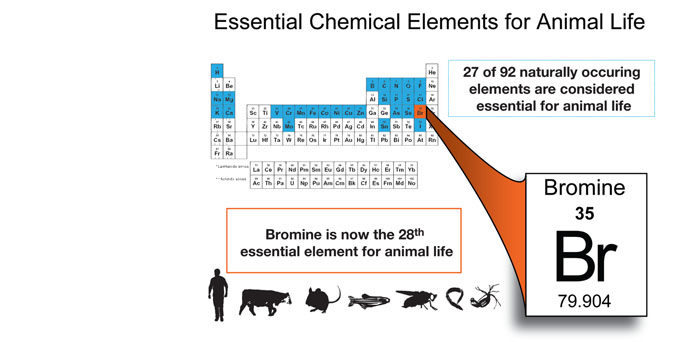
VU investigators confirm bromine’s critical role in tissue development
Twenty-seven chemical elements are considered to be essential for human life. Now there is a 28th — bromine. Read MoreJun 5, 2014
-

Vanderbilt study supports notion ‘You are what you eat’
An international research group led by Vanderbilt University scientists has shown for the first time that a lipid, or fat molecule, can regulate “psychostimulant” behaviors by interacting with a brain protein. Read MoreJun 2, 2014
-

Marnett named to lead VUMC Research
Lawrence J. “Larry” Marnett, Ph.D., the Mary Geddes Stahlman Professor of Cancer Research and University Professor of Biochemistry and Chemistry, has been named Vanderbilt University Medical Center’s next associate vice chancellor for Research and senior associate dean for Biomedical Sciences, effective Sept. 1. Read MoreMay 29, 2014
-

Health literacy added to transplant outcomes survey
A Vanderbilt University Medical Center postdoctoral research fellow in the area of transplant outcomes research has added health literacy as a metric to an existing battery of surveys that assess patient-reported outcomes in Vanderbilt transplant patients. Read MoreMay 29, 2014
-
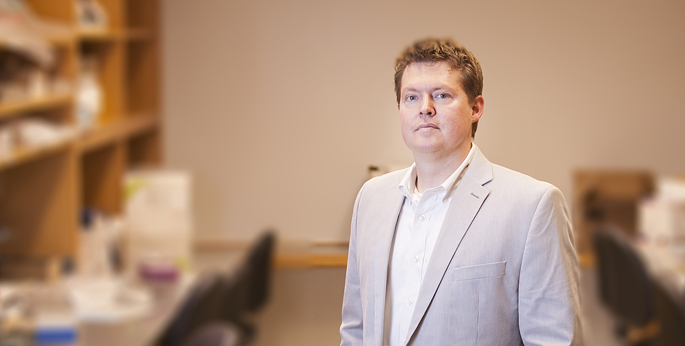
Pioneers of Discovery: Investigator taps into artistic side to reveal cells’ secrets
Dylan Burnette, Ph.D., points to one of the many striking photographs on his office walls. It’s a picture of a cell — a microscopic image showing yellow squiggles, bright purple lines and a turquoise oval on a black background, and it looks like abstract art. Read MoreMay 29, 2014
-

Exploring Wilms tumor race disparity
Unique molecular "fingerprints" could explain the disparity in Wilms tumor incidence and point to novel, race-specific therapeutic targets. Read MoreMay 29, 2014